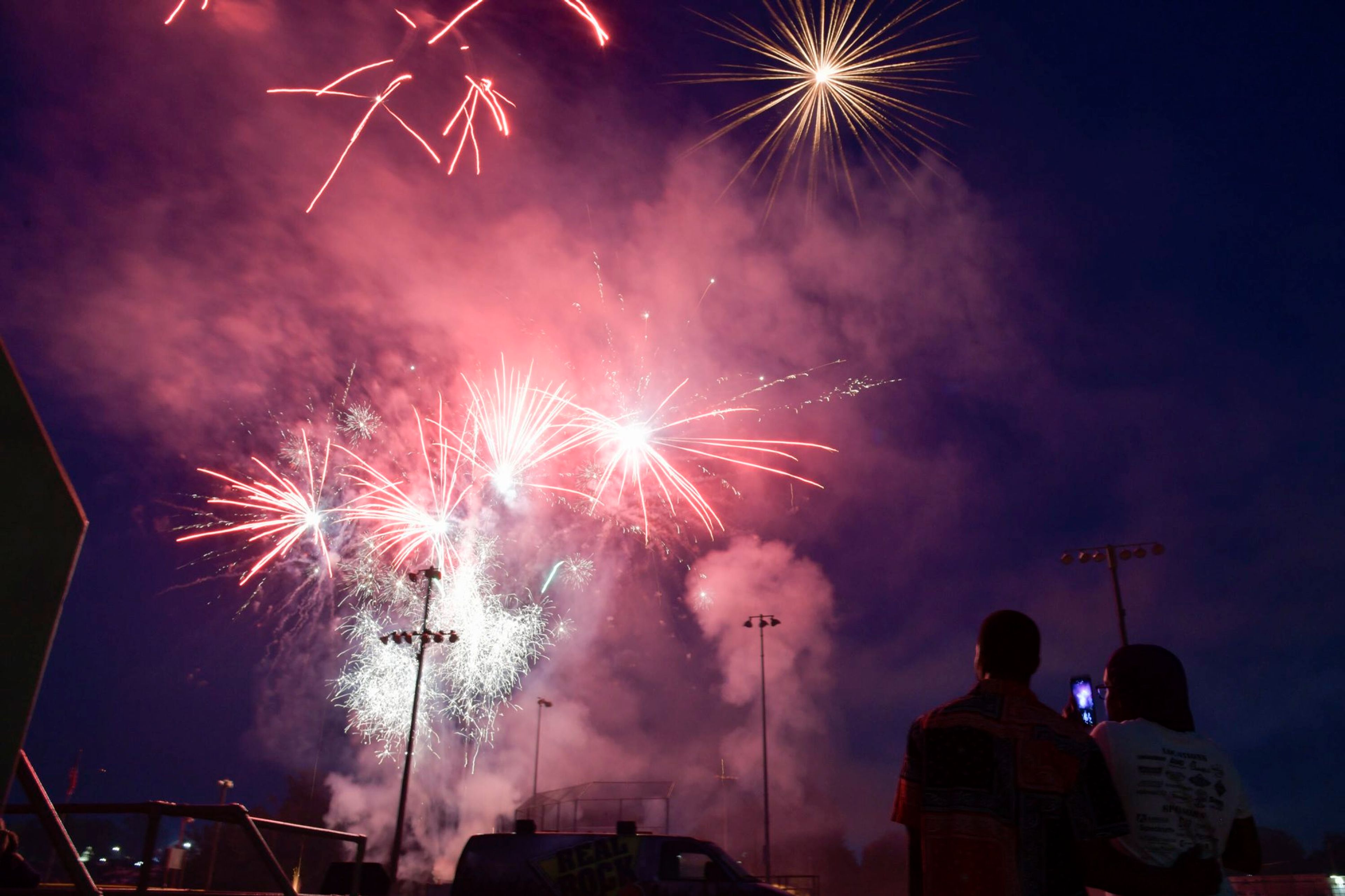Greece to open new Acropolis Museum
ATHENS, Greece -- About 1,500 years after Christian zealots vandalized the Parthenon's pagan sculptures, Greece's Orthodox Church on Wednesday formally blessed the new Acropolis Museum, set to open this weekend after years of delays. Standing near the remains of an inaugural sacrifice for a third-century B.C. ...
ATHENS, Greece -- About 1,500 years after Christian zealots vandalized the Parthenon's pagan sculptures, Greece's Orthodox Church on Wednesday formally blessed the new Acropolis Museum, set to open this weekend after years of delays.
Standing near the remains of an inaugural sacrifice for a third-century B.C. town house excavated under the citadel, priests burnt incense and chanted blessings for the building where Greece hopes one day to display the Elgin -- or Parthenon -- Marbles.
The $180 million museum will be officially inaugurated Saturday. Foreign heads of state and government are expected to attend, including Turkish Prime Minister Recep Tayyip Erdogan. It will open to visitors Sunday, at a $1.40 charge.
Officials say the glass-and-concrete museum, about 400 yards from the Acropolis, will boost Greece's old but fruitless bid for the return of the 2,500-year-old sculptures, displayed in the British Museum for nearly two centuries since their removal from the site.
Athens says the sculptures were stolen from a work of art so important that its surviving pieces should all be exhibited together.
But the British Museum counters that it legally owns its collection, and displays it free of charge in an international cultural context.
Culture Minister Antonis Samaras said the new museum would turn public opinion in favor of the Greek campaign.
"It is a catalyst for the return of the Parthenon Marbles," he said Wednesday. "This is a symbol of modern Greece."
Spreading across five levels, the museum provides an airy setting for some of the best surviving works of classical sculpture that once adorned the marble Acropolis temples. The basement contains remains of an ancient Athenian neighborhood, which will open to visitors next year.
By day, printed glass panels filter the bright sunlight while revealing the ancient citadel in the background. The internal lighting projects the statues outward at night, contrasting with the floodlit hilltop temples.
"The natural light, which combines with artificial lighting, helps greatly to set off the color of the works," museum director Dimitris Pantermalis said.
U.S.-based architect Bernard Tschumi said the proximity of the Acropolis itself was a major challenge in designing the building.
The Parthenon "is one of the most perfect buildings that has influenced generations for centuries in Western architecture," he said. "At the same time, I often say that to be an architect you have to be -- especially in this case -- both very humble and very arrogant."
"What we tried to do was to be as simple, as clear, as precise as we could be establishing a visual relation between the Parthenon, the museum with the beautiful sculptures and with the archaeological remnants," Tschumi said.
The Parthenon was built between 447-432 B.C., at the height of ancient Athens' glory, in honor of the city's patron goddess, Athena.
Despite its conversion into a Christian church, and Turkish occupation from the 15th century, it survived virtually intact until a massive explosion caused by a Venetian cannon shot in 1687.
About half the surviving sculptures were removed by Scottish diplomat Lord Elgin in the early 1800s, while Greece was still an unwilling part of the Ottoman Empire.
Most belong to a frieze depicting a religious procession that ran round the top of the temple.
The new museum holds more than 4,000 ancient works in 150,000 square feet (14,000 square meters) of display space.
The highlight is the top story where Greece's Parthenon sculptures will be displayed in their original alignment in a glass hall, next to plaster casts of the works in London.
"It is a beautiful space that shows the frieze itself as a narrative -- even with the plaster copies of what is in the British Museum -- in the context of the Parthenon itself," Tschumi said.
"I am convinced that sooner or later the Marbles in the British Museum will come back to Athens."
Connect with the Southeast Missourian Newsroom:
For corrections to this story or other insights for the editor, click here. To submit a letter to the editor, click here. To learn about the Southeast Missourian’s AI Policy, click here.










